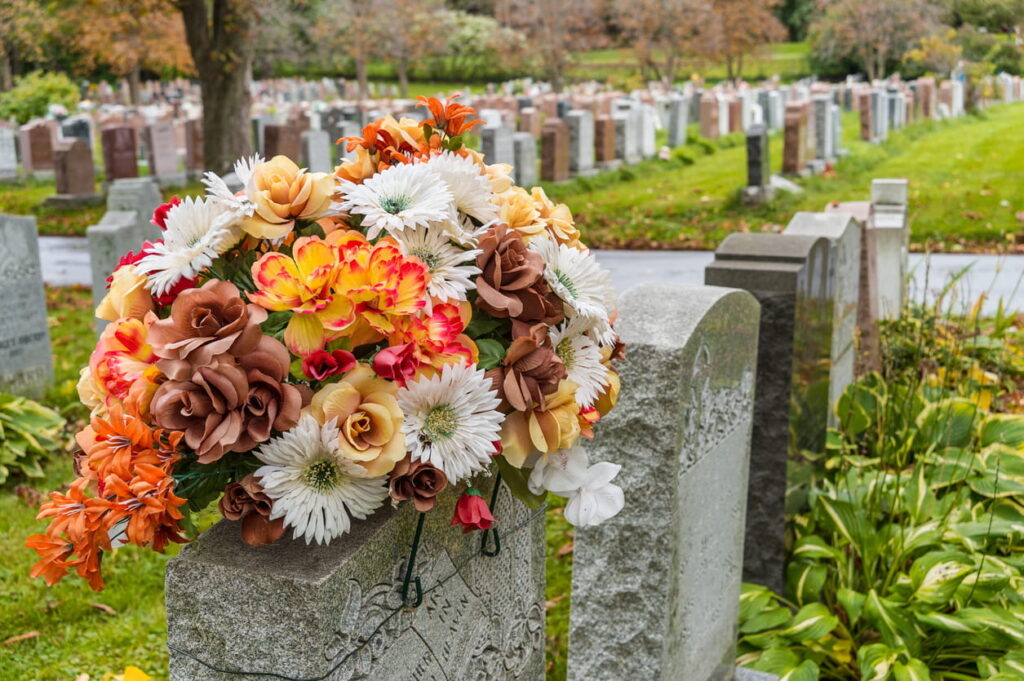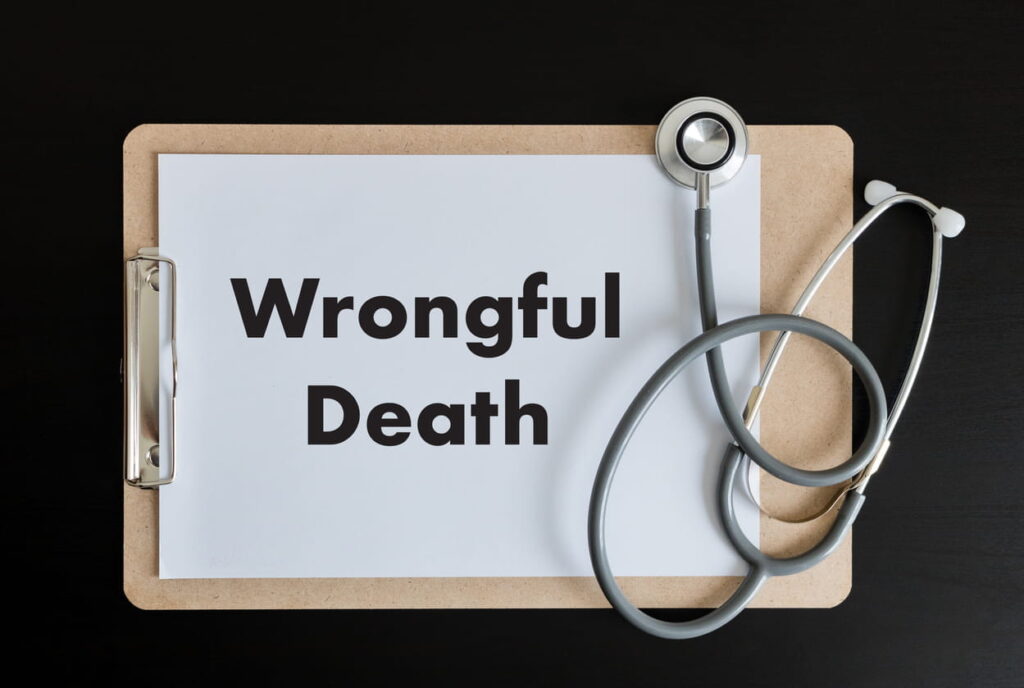The Four Elements Of A Wrongful Death Lawsuit
When you have a wrongful death claim, it’s critical to understand the elements of the lawsuit. The elements are the different facts that the plaintiff must prove to be true in order to win the case. Everything must be verified in order to receive a judgment and compensation for your losses. Here’s what you need to know about the elements of wrongful death claims.
Personal Injury Lawyers » Practice Areas » Wrongful Death » The Four Elements Of A Wrongful Death Lawsuit
- What Are the Four Elements of a Wrongful Death Lawsuit?
- Where Do the Elements of a Wrongful Death Lawsuit Come From?
- Differences in Damages Between Personal Injury and Wrongful Death Actions
- Additional Things To Prove in a Wrongful Death Lawsuit
- What Do You Need for a Wrongful Death Lawsuit?
- How Hard Is It To Prove Wrongful Death?
- How Do You Prove Wrongful Death?
- How Do I Know if I Have a Wrongful Death Case?
- Attorneys To Prove Elements of Wrongful Death Lawsuits
- Visit Our Office Locations Across Colorado & Beyond
- Related Wrongful Death Resources
- You Deserve Fair Compensation
What Are the Four Elements of a Wrongful Death Lawsuit?
The four elements of a wrongful death lawsuit are:
- Negligence – A failure to act with ordinary, reasonable care. Intentional conduct to purposefully harm another person can satisfy this element in place of negligence.
- Death of another person – Wrongful death cases are the action that applies because of another person’s death.
- Causation – The death must be the result of the negligent act.
- Damages – The victim’s family must suffer substantial loss because of their family member’s death.
Where Do the Elements of a Wrongful Death Lawsuit Come From?
The Colorado Wrongful Death Act, C.R.S. 13-21-201 – 12-21-204 1 says that wrongful death actions are derived from underlying personal injury actions. If the person had survived their injuries, they would have had the right to bring a personal injury claim. That basis gives the surviving family the right to bring an action in the same manner as the victim themselves would have if the victim had not died from their injuries. Because wrongful death actions are derived from underlying personal injury actions, the elements of a wrongful death action stem from the elements of a personal injury claim. Generally, to prove a wrongful death claim, the plaintiff must prove the same elements they would have to prove in a personal injury claim. However, there is the added element of having to verify that the victim’s death resulted from the defendant’s negligence.
Differences in Damages Between Personal Injury and Wrongful Death Actions
Of course, the damages in a wrongful death claim are different from those in a personal injury claim. Some categories of damages, like emotional anguish and sorrow of family members, are available in wrongful death but not personal injury. Other damages, like pain and suffering of the victim, exist in personal injury claims but not in wrongful death actions. The elements of a wrongful death claim are derived from a personal injury claim. However, available damages and the evidence needed to prove them are different in the two types of cases.
Additional Things To Prove in a Wrongful Death Lawsuit
There are four primary elements of a wrongful death lawsuit. However, there may be additional elements to prove, depending on what your goals are for litigation. For example, if you hope to claim exemplary damages, you need to prove that they are appropriate. If the claim is based on medical negligence, an extra element is demonstrating the professional standard of care. It’s essential to identify these additional elements and prepare to present evidence.
What Do You Need for a Wrongful Death Lawsuit?
For a wrongful death lawsuit, you need to prove the elements of negligence. In addition to showing evidence of each element, you must be prepared to respond to defenses and particular issues that may arise for each category. Here are some considerations to be aware of:
1. Negligence
- The defendant must have a duty to the victim in order to act negligently.
- Negligence is a failure of ordinary care. The plaintiff may need to take extra steps to explain a reasonable standard of care in the specific situation.
- Intentional conduct is also a basis for a wrongful death lawsuit.
- Comparative negligence may be a defense. The plaintiff must be prepared to counter allegations of comparative negligence. Without the victim to offer testimony, responding to allegations can prove challenging.
- Assumption of the risk may also be a defense.
2. Death
- A wrongful death lawsuit is different from a personal injury lawsuit in that a death must result.
3. Causation
- Causation requires showing that the negligence is the cause or a contributing cause of the victim’s death.
- Defending against challenges to causation may require both factual evidence and legal arguments. The foreseeability of the death from the act of negligence may play a role in determining causation.
4. Damages
- Pain and suffering
- Emotional anguish
- Grief and sorrow
- Funeral expenses
- Medical bills
- Unearned wages
- Loss of services
- Loss of consortium
- Exemplary damages (if appropriate)
How Hard Is It To Prove Wrongful Death?
It is as hard to prove wrongful death as it is to prove any other kind of negligence claim. The burden of proof is a preponderance of the evidence. How hard it is to prove comes down to the events and how clear it is that negligence occurred, as well as the other key elements like damages. Ultimately, how clear the evidence is depends on each case and any defenses that may apply to the case.
How Do You Prove Wrongful Death?
To prove wrongful death, you gather evidence of each element of the claim. You must show proof of all elements of the claim. If any elements of the case are left out, the claim fails. There are a lot of different kinds of evidence, including:
- Medical bills
- Funeral costs
- Live, witness testimony on a variety of topics
- Expert witnesses
- Accident reconstruction
- Laws, instructional manuals and operational guides
- Employment records
Wrongful death cases are highly individual. It’s critical to tailor the evidence to what the circumstances are in your exact situation.
How Do I Know if I Have a Wrongful Death Case?
If you can prove the four elements of a wrongful death lawsuit, you have a case. An attorney can help you establish the elements of a wrongful death lawsuit. They can use their legal experience to evaluate what specific things you need to prove for the case. Using their training, our experienced team of lawyers can ensure that you’re prepared to confirm all of the elements of a wrongful death lawsuit. We can also help you counter any defenses that may arise and process the claim through the steps of legal procedure.
Attorneys To Prove Elements of Wrongful Death Lawsuits
Do you have a wrongful death claim? Let our Colorado personal injury attorneys help you understand the elements of a wrongful death lawsuit and gather the evidence to prove your claim. We are here to help you through this challenging time by providing strong legal advocacy and support. Contact us today for a free no-obligation evaluation of your case.
Visit Our Office Locations Across Colorado & Beyond
Serving Clients Nationwide
Related Wrongful Death Resources
You Deserve Fair Compensation
Don’t let the insurance companies intimidate you into accepting less than you deserve. We’re ready to fight for you.























